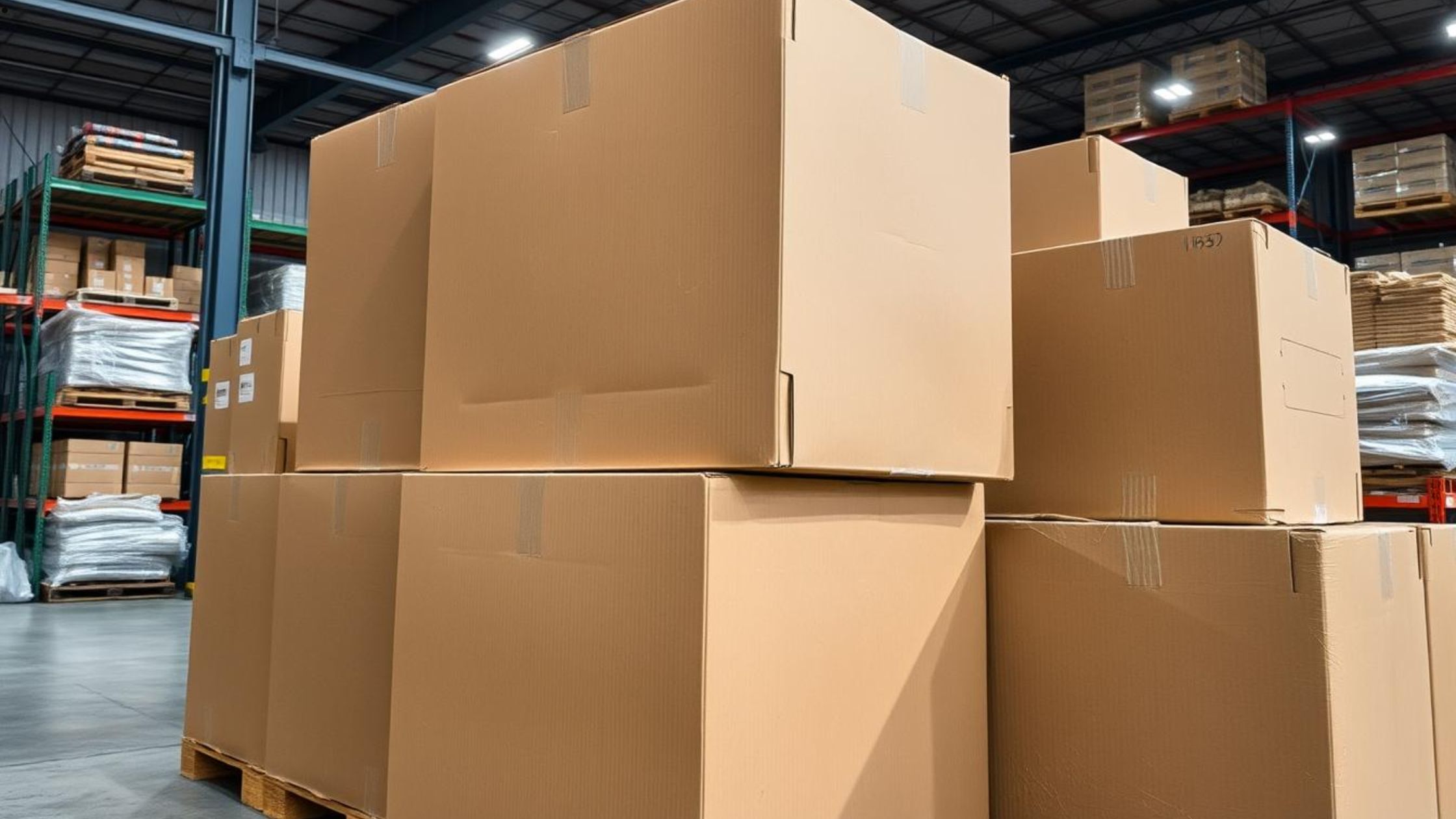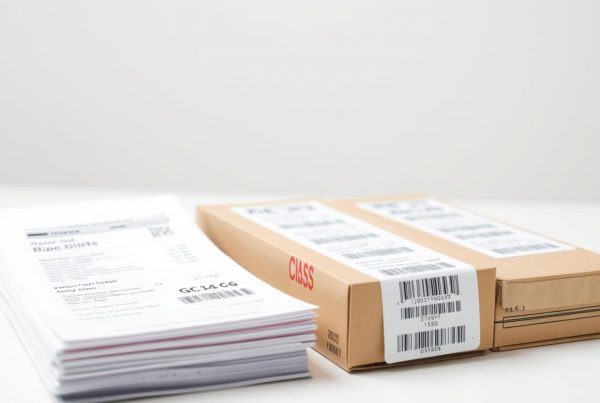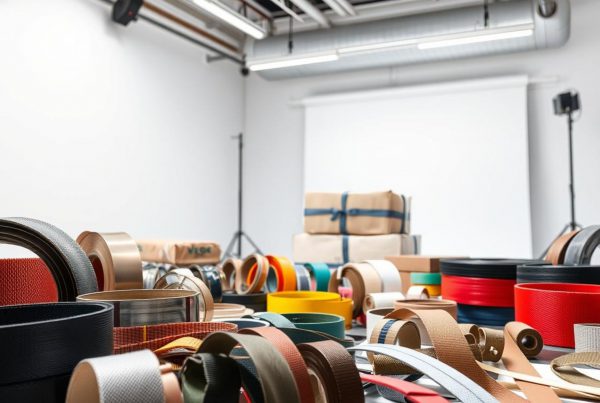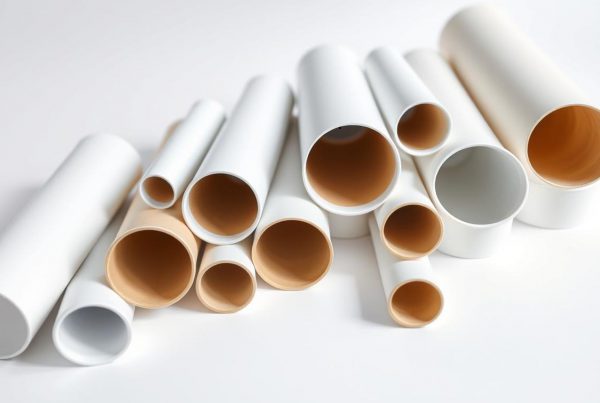Imagine the chaos of moving day—boxes everywhere, furniture being taken apart, and a large heavy duty box ready to help. These boxes are not just for packing; they protect your stuff. Knowing what’s an oversized box helps avoid extra costs and damage.
Large heavy duty boxes are a smart choice. They can hold up to 80 pounds or more because of their double-walled design. This makes them perfect for keeping your valuables safe during a move or shipment.
Key Takeaways
- Large heavy-duty boxes provide exceptional strength and protection for your belongings.
- Understanding oversized boxes can help manage shipping costs and prevent damage.
- Double-walled boxes can accommodate heavier loads, ranging from 80 to 120 pounds.
- Choosing the right size box is essential for a successful and efficient move.
- Overestimating box needs can save you from last-minute stress.
Understanding Oversized Boxes
Oversized boxes are key for packing and shipping big items. They come in various sizes to fit different needs. Knowing their dimensions and shipping costs helps you choose the right box.
Definition of Oversized Boxes
Oversized boxes are bigger than usual shipping containers. They’re made for items that don’t fit in standard boxes. These boxes are perfect for large and heavy items.
Common Dimensions of Oversized Boxes
Oversized boxes start at 24 inches in any dimension. Sizes like 28″ x 20″ x 20″ are common. They meet different shipping needs.
Impact of Size on Shipping Costs
The box’s size affects shipping costs a lot. Shipping companies charge based on the box’s volume, not just its weight. Bigger boxes can mean higher fees. So, picking the right box size helps save money on shipping.
Distinguishing Between Box Types
It’s important to know the differences between box types for packing and shipping. There are standard sizes and specialty boxes for delicate items. Choosing the right box is key to keeping your items safe during shipping.
Standard vs. Oversized Box Sizes
Standard boxes are great for everyday shipping, fitting lightweight items well. But for bigger items like furniture, you need oversized boxes. These can handle heavier weights, up to thirty kilograms with double-walled cardboard.
Specialty Boxes and Their Usages
Specialty boxes are made for specific needs. Wardrobe boxes help you pack clothes neatly, while dish boxes protect fragile dinnerware. Each box plays a vital role in keeping items safe and organized.
Factors Influencing Box Selections
Choosing the right box depends on several factors. Consider the weight, fragility, and type of your items. Using the right box can save on shipping costs and keep items secure.
Large Heavy Duty Boxes: An Ideal Choice
Large heavy duty boxes are known for their strength and versatility. They are safe for transport, making them perfect for many needs. Knowing the benefits of these boxes helps you choose the right one for your needs.
Benefits of Using Large Heavy Duty Boxes
Heavy duty boxes offer many advantages. They make shipping and moving safer and more efficient. Here are some key benefits:
- Durability: Their strong design can handle heavy loads, reducing damage risk.
- Increased Capacity: These boxes can carry more items, saving on packaging.
- Cost Efficiency: They can save money in the long run by reducing damage costs.
Applications for Large Heavy Duty Boxes
Large heavy duty boxes are useful in many industries. They are great for:
- Moving: They securely transport furniture and personal items.
- Shipping: They protect delicate electronics and industrial goods during transport.
- Bulk Shipping: Gaylord boxes are used for large volumes, like palletized goods.
Comparing Different Strength Ratings
Choosing the right box depends on its strength rating. Heavy duty boxes are rated by the Edge Crush Test (ECT). Here’s a comparison:
| Box Type | Wall Type | Max Capacity (lbs) | Strength Rating (ECT) |
| Single Wall Box | 1 Wall | Up to 50 | ECT44 |
| Double Wall Box | 2 Walls | Up to 80 | ECT48 |
Double-walled boxes are more durable and better for heavy items. They keep products safe, reducing shipping risks.
Choosing the Right Size for Your Needs
Choosing the right box size is key for safe shipping and saving money. Think about the size and weight of what you’re sending. The right box size can cut down on shipping costs and prevent damage.
Determining Box Size Based on Contents
Start by measuring your items carefully. The box should fit your items snugly to prevent movement. Here are some box sizes to consider:
| Box Size | Dimensions (inches) | Volume (cubic feet) | Suggested Usage |
| Small Box | 16 x 12 x 12 | 1.5 | Lightweight items |
| Medium Box | 18 x 18 x 16 | 3.0 | Medium-weight items |
| Large Box | 18 x 18 x 24 | 4.5 | Larger items |
| Extra Large Box | 24 x 18 x 24 | 8.0 | Bulkier goods |
Common Mistakes in Box Size Selection
One big mistake is using too big of a box for heavy items. This can raise shipping costs by up to 25%. About 72% of businesses end up paying more for shipping because of wrong box sizes. Knowing these mistakes can help you save money and avoid damage.
How to Measure Your Items for Box Selection
Be exact when measuring your items for a perfect fit. Measure the length, width, and height of each item. Remember to consider these tips:
- Include packing materials in your measurements.
- Use strong packing materials like bubble wrap for fragile items.
- Don’t overpack to keep the box safe.
Using the right measuring methods can lower the chance of losing items by 40%. It also makes packing more efficient.
Tips for Packing Large Heavy Duty Boxes
Packing large heavy duty boxes needs careful planning and a solid strategy. This ensures your items arrive safely. By using the right packing tips, you can make the most of your space. Proper organization and packing materials are key to a successful move.
Best Practices for Packing and Arranging
Begin by placing the heaviest items at the bottom of your boxes. This makes the box stable and prevents it from tipping. Use bubble wrap or packing paper to fill gaps. These materials protect your items from damage during transit.
Using Additional Packing Materials
Using resilient packing supplies is essential for fragile or valuable items. Bubble wrap, packing peanuts, and paper are great choices. For fragile items, use dish boxes for extra padding. Electronics need specialized boxes for maximum protection.
Labeling and Organizing Your Boxes
Clear labels are key for easy unpacking and organizing. Write what’s inside and the room it goes in on the box. This saves time and reduces stress during the move. It helps keep your space organized.
| Box Type | Maximum Weight Capacity | Recommended Use |
| Standard Medium Box | 65 pounds | General household items |
| Heavy Duty Box | 80 pounds | Heavy items like books |
| Double-Walled Box | 80 to 120 pounds | Fragile or valuable items |
| Dish Box | Varies | Fragile dishes and glassware |
| Wardrobe Box | 20 to 30 garments | Hanging clothes, shoes |
Conclusion
Choosing the right oversized box is key to keeping your items safe during shipping or moving. Knowing the value of oversized packaging helps you pick the best options. Large, heavy-duty boxes protect your valuable items from damage.
Good packing practices make your experience better, helping you stay organized and efficient. Choosing the right box selection prevents waste and damage. Using durable packing supplies like heavy-duty boxes reduces risks during transit.
Using strong sealing and protective materials makes your packing more secure. By focusing on these details, you can ensure a successful and stress-free move.
| Box Size | Average Number Needed for Various Homes | Cost to Move |
| Studio Apartment | 30 boxes | $93 |
| One-Bedroom Apartment | 45 boxes | $153 |
| Two-Bedroom Apartment | 60 boxes | $180 |
| Three-Bedroom Apartment | 80 boxes | $239 |
| Four-Bedroom Apartment | 120 boxes | $315+ |
| Five-Bedroom Family | 145 boxes | Cost varies |
About The Boxery
The Boxery is your top choice for reliable packaging solutions. We specialize in durable moving containers. This is key for protecting fragile and heavy items.
Heavy-duty boxes are used in over 70% of moves with delicate items. This ensures your belongings stay safe on the way.
We offer double-walled boxes with high Edge Crush Test ratings. This means they can handle tough conditions. Using lower-quality boxes can damage about 40% of shipments.
Our strong containers help keep your goods safe during shipping. This is important for maintaining the quality of your items.
Check out our wide range of products, including bulk options like Gaylord boxes. These can ship up to 1,200 lbs of items, saving you money. At theboxery.com, you get expert advice for packing and shipping.
FAQ
What is considered an oversized box?
An oversized box is bigger than usual for shipping or storage. It’s larger than standard large boxes, often over 24 inches in any dimension.
Why should I choose large heavy duty boxes for moving?
Large heavy duty boxes are great for moving. They are strong and durable. This makes them perfect for big or fragile items, keeping your valuables safe during the move.
How do oversized boxes impact shipping costs?
Shipping costs can go up with oversized boxes. This is because shipping companies charge based on size, not just weight. So, bigger boxes mean higher fees.
What are some common dimensions for oversized boxes?
Oversized boxes come in sizes like 28″ x 20″ x 20″ and bigger. But, sizes can differ based on who you buy from.
What types of packing materials do I need for heavy-duty storage bins?
For heavy-duty bins, use strong packing materials. Bubble wrap, packing paper, and foam inserts help prevent movement and protect fragile items.
What mistakes should I avoid when selecting a box size?
Don’t use oversized boxes for heavy items. This can cause damage. Always pick a box that matches the weight and fragility of your items.
How can I measure my items for box selection?
To choose the right box, measure your items accurately. Record their dimensions and weight. Then, pick boxes that fit without being too full.
What are the benefits of using robust cardboard boxes?
Robust cardboard boxes are strong and durable. They can handle heavy loads well. This makes them good for shipping and storing.
How should I label and organize my boxes during a move?
Label each box clearly with what’s inside and where it goes. This makes unpacking easier and more organized at your new place.
What types of specialty boxes are available?
There are many specialty boxes. You can find wardrobe boxes for clothes, dish boxes for fragile items, and appliance crates. Each is designed to protect specific items.





Recent Comments